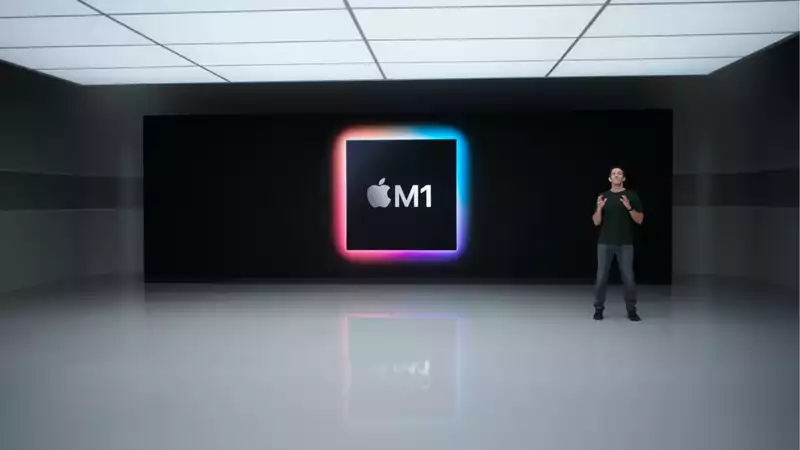The Apple Silicon M1-based Mac is here, and early reviews of the M1-based MacBook Air have been very positive, with benchmarks all in line with what Apple promised at launch.
However, there is a drawback for those not fully familiar with the macOS ecosystem: there is no longer support for Windows via Bootcamp.
This is a licensing issue: Microsoft only allows OEMs, not consumers, to install Windows 10 on ARM. When asked if this is likely to change, the company only told The Verge that "there is nothing more we can share at this time," which does not sound very promising.
Now Apple has made it very clear that the ball is firmly in Microsoft's court when it comes to future Windows support on Apple Silicon Macs. Craig Federighi, Apple's senior vice president of software engineering, told Ars Technica, "[W]e've been working with Microsoft for some time now. [We have the core technology for them to run Windows on ARM, which of course supports x86 user mode applications," he continued. But that's a decision Microsoft has to make, whether or not they will license that technology for users to run on these Macs." But the Macs are certainly very capable."
If you can't live without Windows on your Mac, the good news is that Apple has no plans to abandon support for existing Intel-based hardware. From a software standpoint," Federighi explained, "we're not creating a branch of macOS. There are no separate versions of macOS for M1-based Macs and macOS for Intel. They are literally the same installer. They are the same source tree. They are the same operating system we build nightly. It is a single project and will remain so."
In other words, macOS updates work on both systems. He added, "Anyone who buys an Intel Mac today, or already owns one, will continue to receive free macOS upgrades for years to come, as you would expect."
The interview also discusses the genesis of Apple Silicon and its history. For example, it is interesting to note that Apple was not only thinking about porting the chipsets used in the iPhone and iPad to the Mac. Federighi said, "The M1 is essentially a superset if you think about it relative to the A14," and bespoke computer-specific features such as Thunderbolt, external displays, and better GPUs were needed.
"There are a lot of features we built into the M1 that were requirements for the Mac, but they are all superset features relative to what an app compiled for the iPhone would expect."
You can read the full interview with Federighi, Greg Joswiak, and Johny Srouji at Ars Technica.










Comments